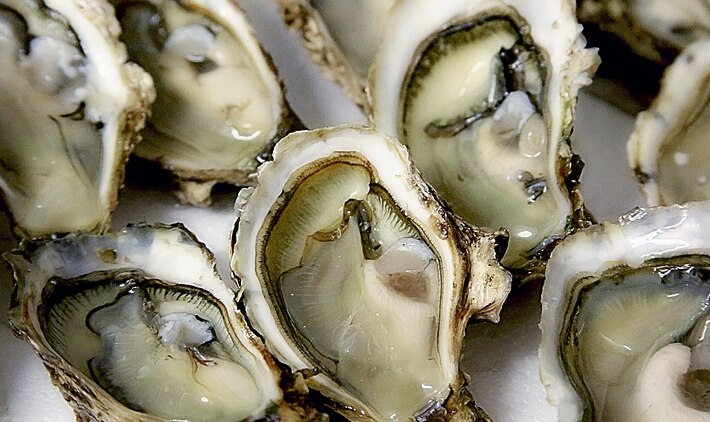
1. Alabama’s Oyster Season: Hope and Doubt on the Horizon
Anticipation and skepticism intermingle as Alabama’s oyster season approaches. Lagniappe Mobile’s article examines the Gulf Coast’s conflicting emotions surrounding the impending season. While enthusiasts and businesses eagerly await a potential oyster population rebound, concerns linger due to past oil spills and climate change effects on habitats.
Despite the reopening of some oyster beds, worries persist about lingering oil-related contamination. The Alabama Department of Conservation and Natural Resources’ regulatory efforts are met with a mix of support and caution, underscoring the complex balance between environmental, economic, and regulatory factors shaping the Gulf Coast’s oyster industry.
Thank you for your generous gift that will help us continue the production of this weekly, free publication

2. Exploring the Depths: How AI Is Revolutionizing Marine Biology
AI is proving to be a game-changer in marine research, offering new ways to gather, analyze, and interpret data. One of the most significant contributions of AI to marine biology is in the area of data collection. Traditional methods of data collection, such as manned submersibles and remotely operated vehicles (ROVs), are often limited by factors such as depth, time, and human endurance.
On the other hand, AI-powered autonomous underwater vehicles (AUVs) can dive deeper, stay submerged longer, and cover vast areas of the ocean floor, collecting high-resolution data on marine life and habitats.The potential of AI to revolutionize marine biology is undeniable. By providing new ways to explore the ocean’s depths, AI is helping us to understand and protect our planet’s most vital and least understood ecosystems.
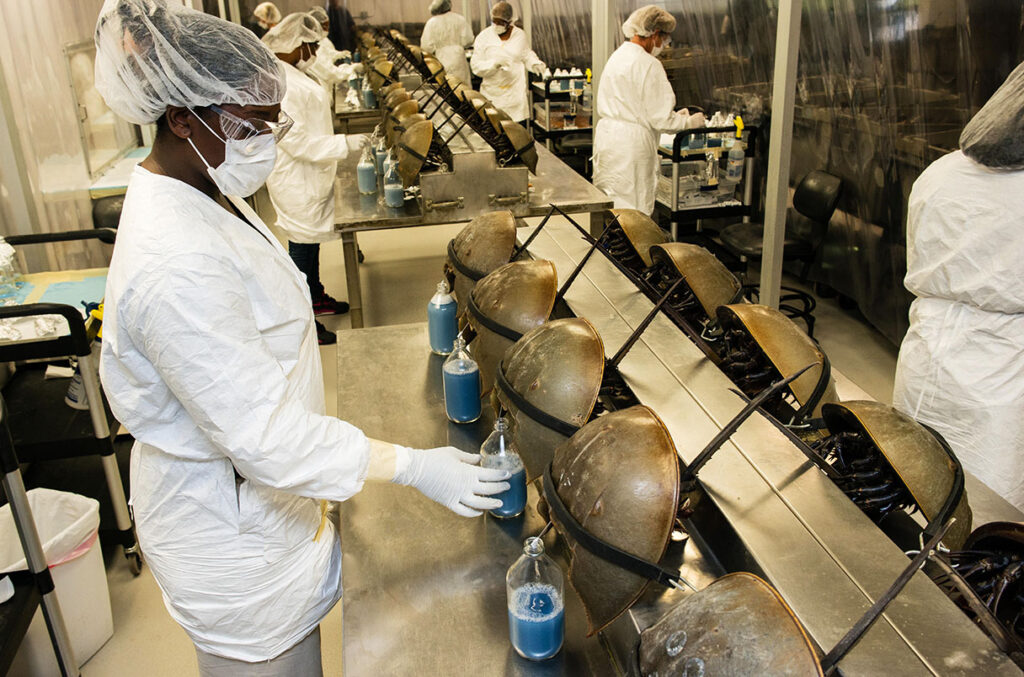
3. Is an End to Using Imperiled Horseshoe Crabs for U.S. Drug Testing in Sight?
A proposal released this week by an obscure U.S. pharmaceutical organization could help end a decadeslong practice of bleeding horseshoe crabs caught along the U.S. East Coast for a protein used to test drug safety. The U.S. Pharmacopoeia (USP)—a nongovernmental organization that helps set industry testing standards—published draft guidelines on using synthetic alternatives to horseshoe crab blood.
The move could help reduce the need to harvest blood from hundreds of thousands of crabs each year, a practice that kills up to 30% of the captured animals. That has put at risk U.S. populations of the 445-million-year-old arthropods, as well as the migratory shorebirds that feed on horseshoe crab eggs, conservationists say. The draft guidelines are a “first and important step” toward changing how companies test for dangerous bacterial contamination in their products, says Jaap Venema, chief science officer at USP.
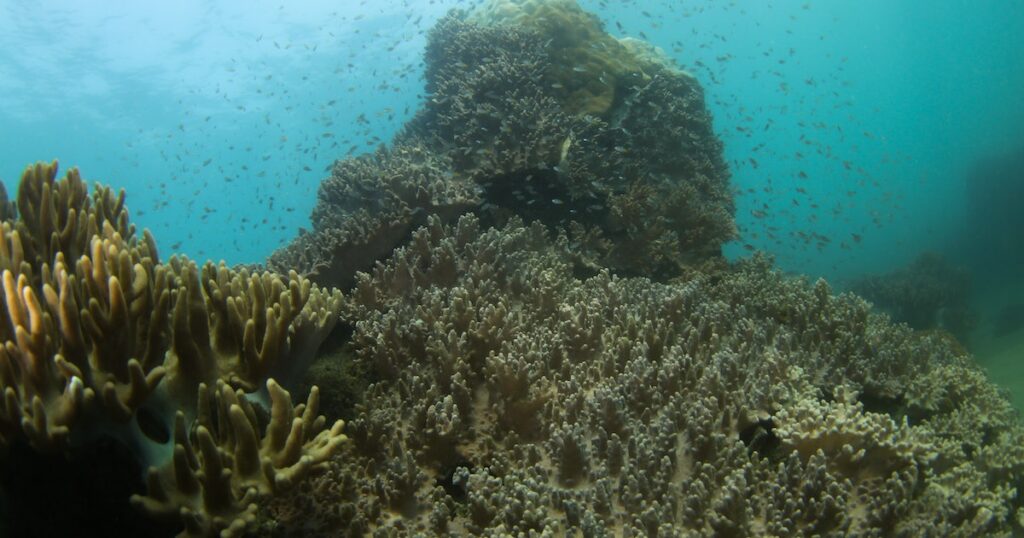
4. Some Coral Reefs Could Weather Climate Change Better Than We Thought
Unprecedented ocean temperatures are triggering mass coral bleaching events across the world. This year, the world’s third-largest barrier reef, in Florida, is already being hit hard. New research offers a glimmer of hope: coral reefs studied in the Pacific appear to have increased their resistance to high ocean temperatures. But this can only improve their long-term futures if there is strong global action on reducing carbon emissions.
We know that corals will need to withstand rising ocean temperatures to survive under climate change. And we know reef-building corals are acutely sensitive to even small increases in temperature. What we don’t yet know is whether their “thermal tolerance” — essentially their ability to handle high temperatures — can keep pace with ocean warming.
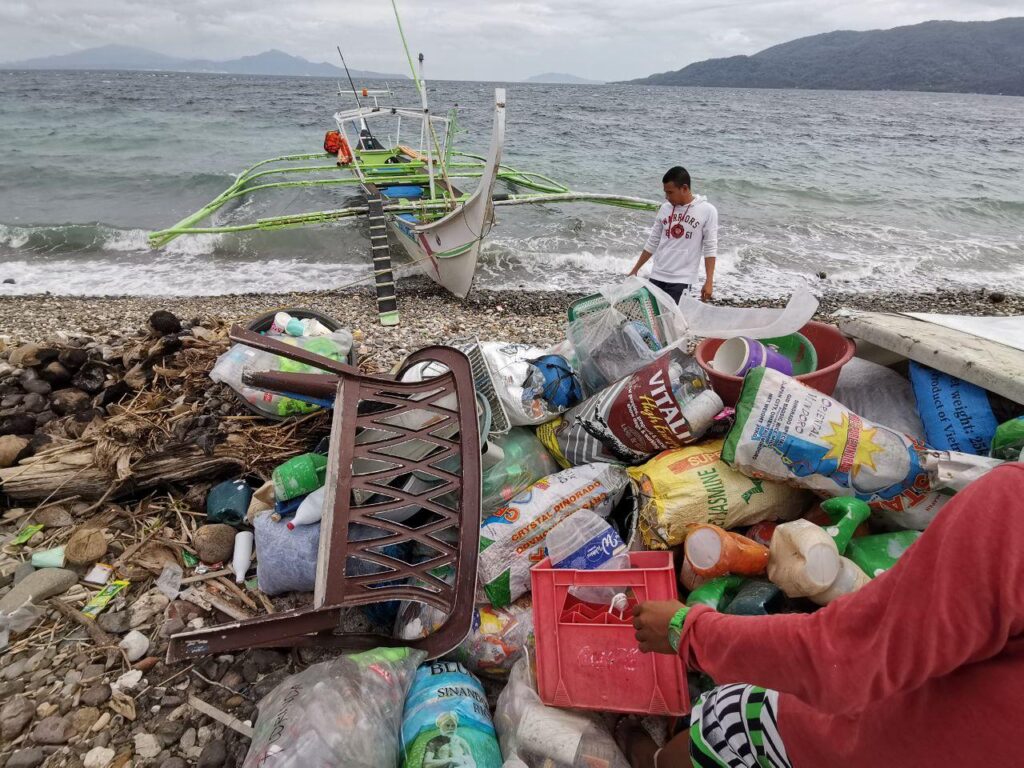
5. Cost of Plastic Waste Cleanup to Hit $297M
The total clean-up of plastic pollution in seven major rivers across Southeast Asia will cost $297 million, according to an Asian Development Blog by National University of Singapore Centre for Nature-based Climate Solutions and Tropical Marine Science Institute’s Audrey Tan and Asian Development Bank’s Francesco Ricciardi. Tan and Ricciardi said plastic pollution costs Southeast Asian countries $23,100 to $270,000 per square kilometer of coral reef.
Citing a 2021 ADB report, they said there is an annual funding gap of $459 billion that needs to be filled before countries can fully access opportunities in sustainable coastal infrastructure, wastewater treatment, sustainable tourism, and food production. Tan and Ricciardi said addressing plastic pollution is important in climate change adaptation and mitigation. This is not only because of the costs but also the fact that over 70 percent of the earth is covered by water.
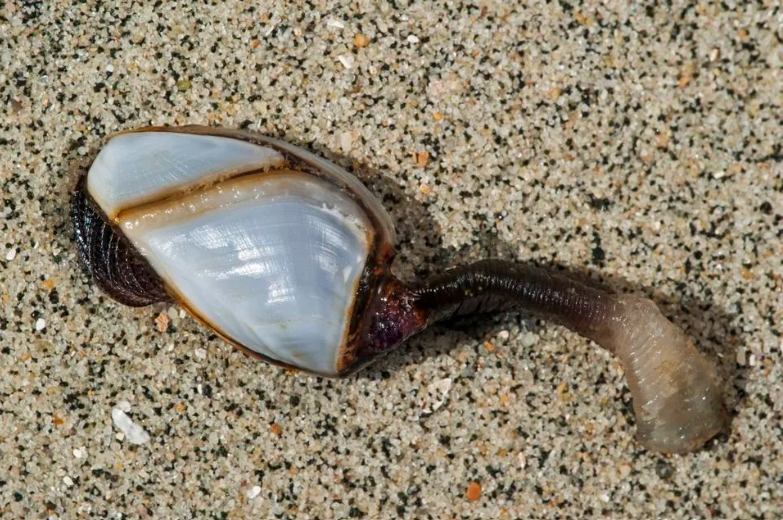
6. Sea Creatures May Help Find Final Resting Place of Malaysia Airlines MH370
University of South Florida geoscientists created a method that can reconstruct the drift path and origin of debris using the shells of barnacles. This new approach could also help to locate the wreckage of Malaysia Airlines MH370, a Boeing 777 with 12 crew members and 227 passengers onboard that vanished under strange circumstances during a flight from Kuala Lumpur to Beijing.
The research team did a growth experiment with live barnacles in a controlled environment. Barnacles and other shelled marine invertebrates grow their shells daily, producing internal layers similar to tree rings. The researchers recorded how changes in water temperature will change the chemistry of the single layers, focusing on oxygen isotopes. With help from barnacle experts and oceanographers, they combined the barnacles’ water temperature records with oceanographic modeling and successfully generated a partial drift reconstruction.
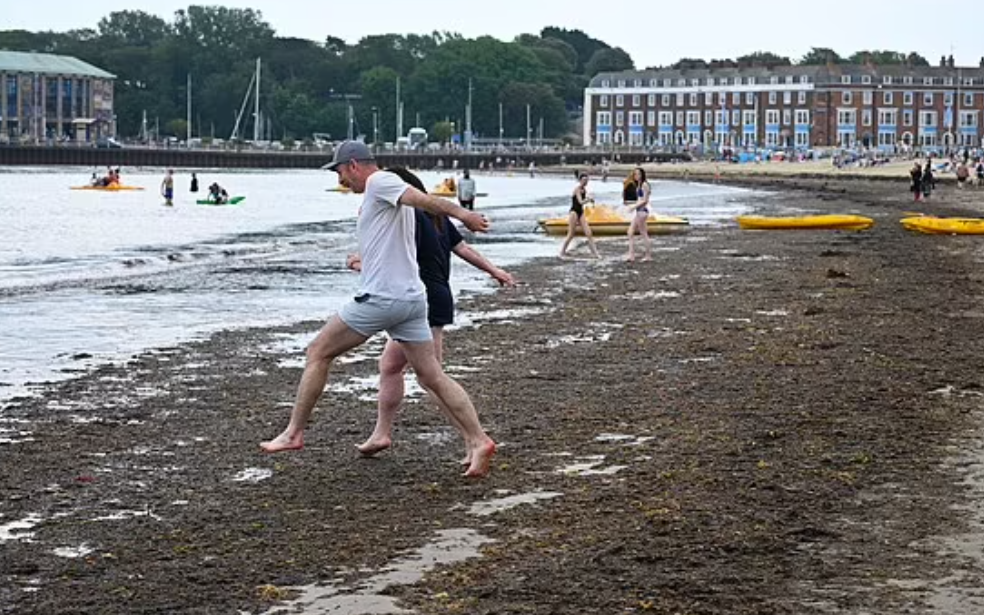
7. Unprecedented Cleanup: 1,000+ Tons of Seaweed Cleared from Kent Beaches Amid Toxic Sludge Surge
Kent’s picturesque holiday beaches are undergoing a massive cleanup effort, with over 1,000 tonnes of rotting seaweed being removed due to a surge of toxic sludge. Local authorities are grappling with the challenge of clearing the foul-smelling and potentially hazardous seaweed, as a result of changing sea temperatures and pollution.
The decaying seaweed poses a threat to both the environment and tourism. The cleanup highlights the urgent need for effective waste management strategies and environmental protection measures to address the growing issue of marine pollution in coastal areas.
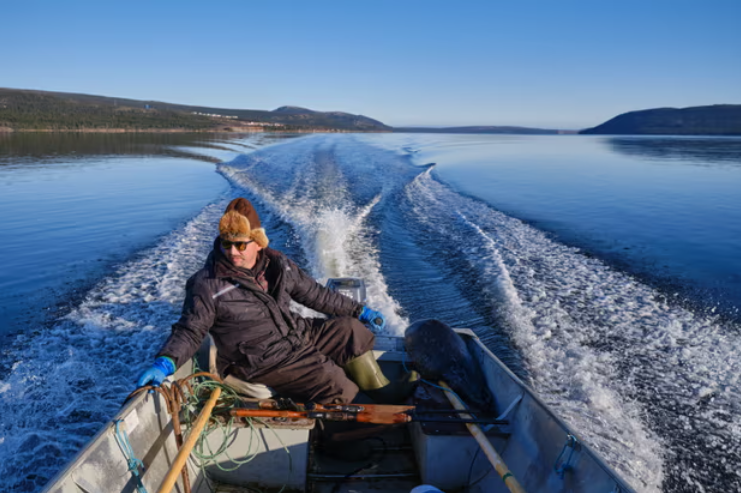
8. Arctic Conservation Milestone: Inuit Lands in Nunatsiavut, Canada, Designated as First Protected Zone
In a historic move for Arctic conservation, Inuit lands in Nunatsiavut, Canada, have been declared the first protected zone in the Arctic horizon. This significant designation aims to preserve the unique culture, biodiversity, and ecosystem of the region while granting local communities a key role in its management.
A captivating photo essay accompanies this news, offering glimpses of the stunning landscapes and traditions of the Inuit people. The decision marks a vital step forward in safeguarding the fragile Arctic environment amid ongoing environmental challenges.
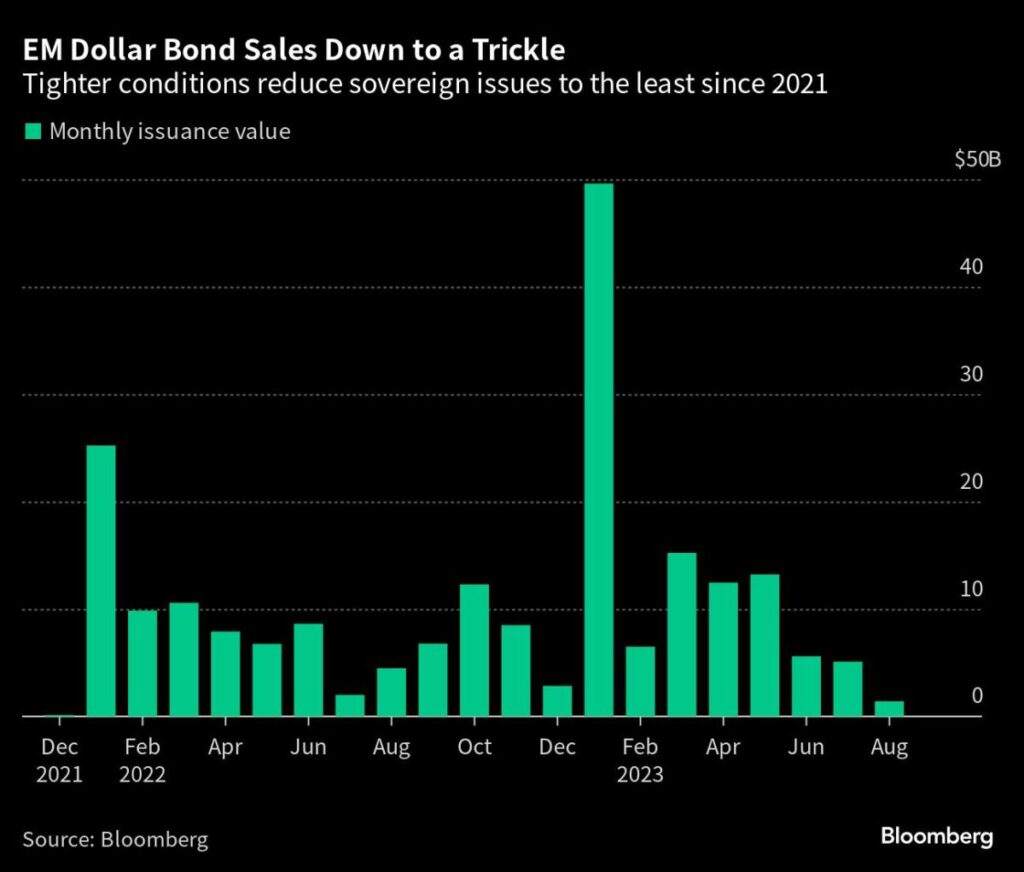
9. Innovative Approaches to Emerging Market Funding as Dollar Bonds Dwindle
As dollar bond issuance for emerging markets diminishes, creative funding methods are gaining traction. Investors are turning to alternative options, including local currency bonds, sustainability-linked bonds, and syndicated loans, to meet capital needs.
This shift underscores the evolving landscape of emerging market financing and the need for adaptable strategies. Policymakers and market participants are exploring diverse avenues to ensure continued access to funding, balancing economic growth and financial stability.
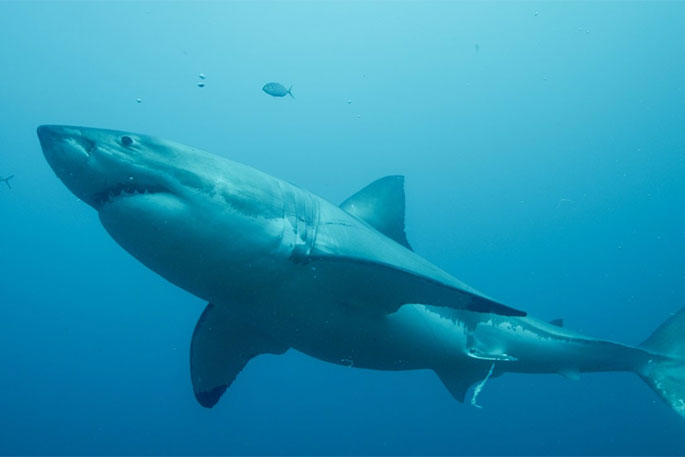
10. Marine Heatwave Sparks Arrival of 15ft Sharks in Britain’s Waters
The marine heatwave’s impact on oceanic ecosystems is evident as 15-foot sharks migrate to British waters. Rising sea temperatures are causing shifts in marine species distribution, with apex predators like these sharks moving to new habitats.
While showcasing the dynamic nature of marine life, this phenomenon also poses challenges for local marine management and conservation efforts. Understanding and adapting to such changes is crucial for maintaining ecological balance and protecting both marine creatures and coastal communities.
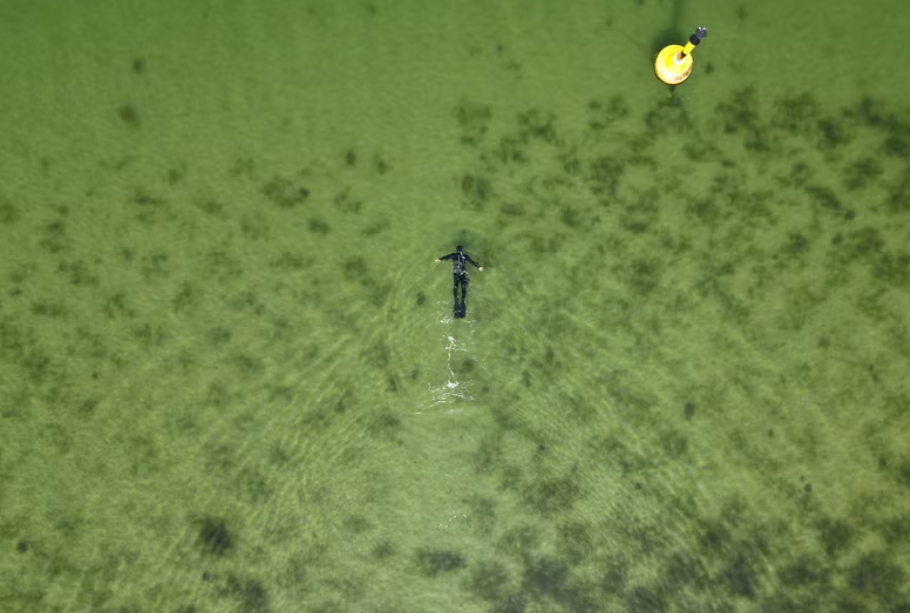
11. Baltic Sea Diving Reveals Encouraging Signs of Climate Resilience in Seagrass
Recent dives in the Baltic Sea have unveiled promising signs of climate resilience in seagrass meadows. Despite warming waters and environmental stressors, these underwater ecosystems appear to be adapting and even thriving. Seagrass beds play a vital role in absorbing carbon dioxide and supporting marine life.
The findings provide hope for the potential resilience of certain marine habitats in the face of climate change. However, comprehensive conservation measures are still essential to ensure the long-term survival of these delicate ecosystems.
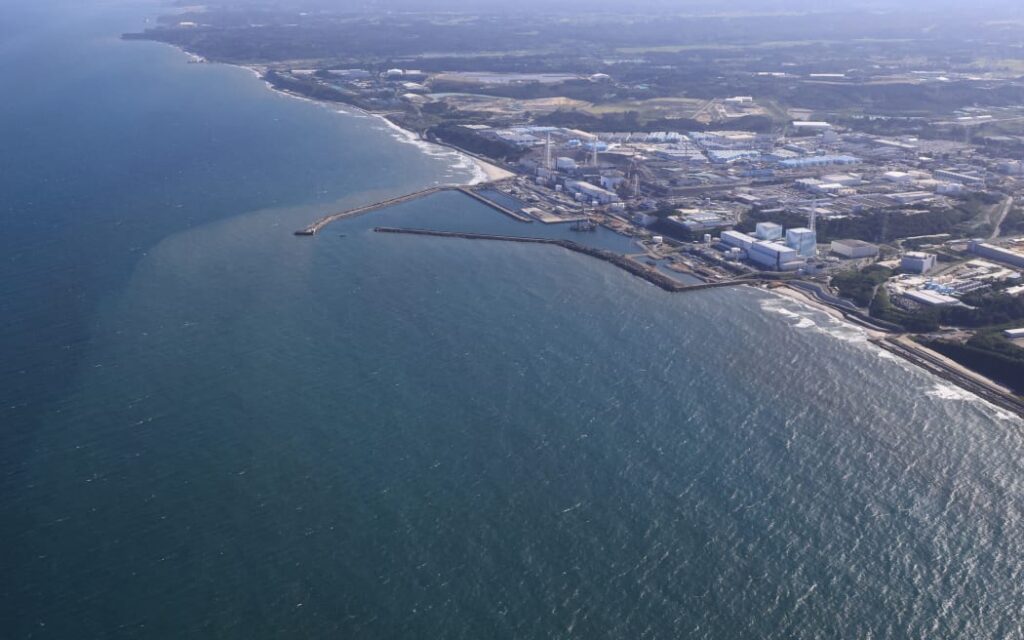
12. The Science Behind the Fukushima Wastewater Release: Exploring the Controversial Decision
The contentious decision to release wastewater from the Fukushima nuclear plant into the ocean has raised complex scientific and environmental questions. Experts delve into the scientific considerations, potential risks, and regulatory frameworks surrounding the release.
The analysis offers insight into the challenges of managing nuclear waste and balancing short-term concerns with long-term environmental impacts. The decision’s consequences will likely reverberate through global discussions on nuclear energy, waste disposal, and ocean protection.
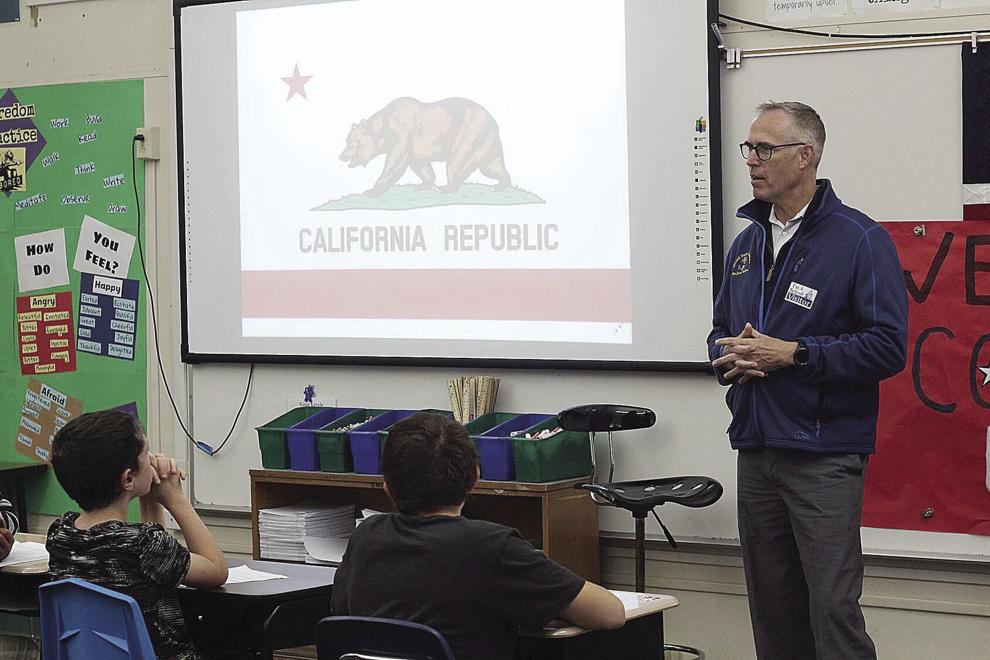
13. Preservation Funding for Historic Structure and Sanctuaries: $2 Million Announced
A significant renovation fund of $2 million has been allocated for the restoration of a historic structure and its accompanying sanctuaries. The investment aims to revitalize the site’s cultural and historical importance, providing both a glimpse into the past and a platform for future engagement.
The funding underscores the value of preserving heritage and architectural landmarks as integral parts of a community’s identity and collective memory. Such initiatives contribute to cultural enrichment and education while fostering a sense of pride and connection within the local population.
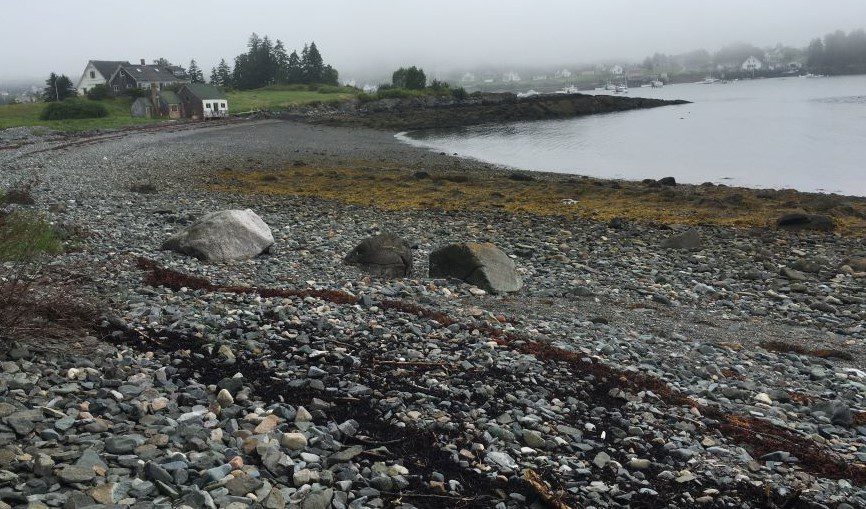
14. Salmon Escape Raises Concerns About Seals, Risk to Wild Fish
The recent escape of 50,000 juvenile salmon from a fish farm off Cutler has raised concerns about the risks posed to wild Atlantic salmon by net-pen aquaculture. Fish farmers, though, say the incident points to the threat posed by large breeding colonies of seals, whose population they say is out of control. It is widely known in the maritime sector that seal populations throughout the Gulf of Maine, Atlantic Canada, and Pacific Ocean have grown uncontrollably over the years by congregating in massive breeding colonies.”
Risks posed to wild salmon – The incident has prompted reactions from wild salmon advocacy and environmental groups. Matt Dundas, campaign director at Oceana, an ocean conservation organization, said the escape “shows that salmon aquaculture in Maine is not risk‑free.” We need to take a hard look at where these farms are headed and the rules around them.”

15. Hong Kong’s White Dolphins, Finless Porpoises Face Same Threats on Daily Basis as Whale Found Dead off Sai Kung, Researchers Warn
Veterinary scientist Brian Kot Chin-wing went to Hong Kong’s western waters with a team of researchers last Tuesday, they spotted 20 white dolphins in six hours, including a calf believed to be less than two weeks old.“Sometimes, we could only spot one,” said Kot, an assistant professor of diagnostic radiography at City University and principal investigator at its aquatic animal virtopsy lab.
The team of roughly a dozen has identified about 350 white dolphins in the city’s waters since 2020 and is building up a database to identify every one of them. The research team, students of veterinary medicine, and vet volunteers, also take samples of the animals’ organs to look for lesions and parasitic infections to help pinpoint the cause of death. The individual profiles help the team understand the health of the entire population in Hong Kong collectively.
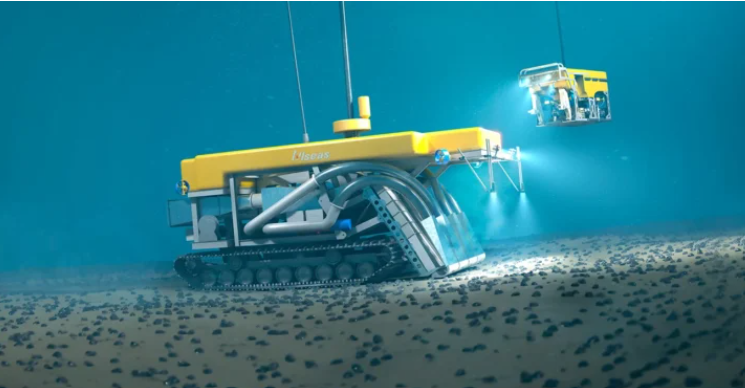
16. Deep Sea Mining Destroys Marine Biodiversity
Oceans are experiencing rapid and dramatic changes as a result of human activity. Concerns have been raised regarding the uncontrolled collection and exploitation of genetic resources from the deep seabed. Today, many nations across the world are in a race to mine the deep seabed for valuable minerals. Deep-sea mining involves removing mineral deposits and metals from the ocean’s seabed.
There are three types of such mining: taking deposit-rich polymetallic nodules off the ocean floor, mining massive seafloor sulphide deposits, and stripping cobalt crusts from rock. Scientists, environmental organisations, and political decision-makers warn: that deep-sea mining can destroy large parts of the seabed along with its inhabitants and affect the habitats of many marine creatures.
More than 700 marine scientists, environmentalists, and policymakers from over 44 countries issued a statement calling for a pause in deep sea mining (https://seabedminingsciencestatement.org/).

17. Even Non-Plastic Ones… a Study Warns of the “Risk of Straws”
Straws made from plant-based materials, such as paper and bamboo, are often advertised as more sustainable and environmentally friendly than those made of plastic,” said Themo Groven, an environmental scientist at the University of Antwerp in Belgium. “However, the presence of PFAS in these straws means that is not necessarily true.”PFAS is a group of manufactured chemicals, consisting of a chain of carbon and fluorine atoms, that do not degrade in the environment.
In the study, published in the journal Food Additives and Contaminants, 39 brands of straws made of five materials — paper, bamboo, glass, stainless steel, and plastic — for the presence of PFAS. The results revealed the presence of these substances in 27 of the tested brands. “We haven’t detected PFAS in stainless steel straws, so I advise consumers to either use this type or avoid using straws at all,” Groven said.
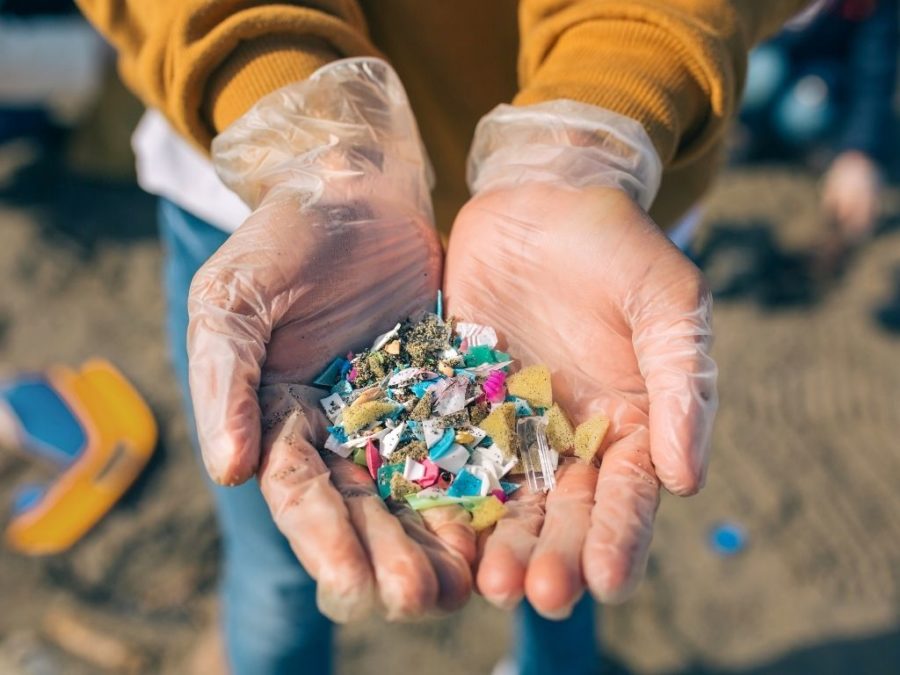
18. New URI Study Finds Extensive Microplastics in Narragansett Bay
A study published by the University of Rhode Island’s Graduate School of Oceanography is giving state residents, a clearer picture of what exactly is being found in Narragansett Bay. Doctoral student Victoria Fulfer and J.P. Walsh, director of URI’s Coastal Resources Center, published a study analyzing the percentage of microplastics in Narragansett Bay. This represents the first such study of the bay, offering a baseline look at the impact on Narragansett Bay.
They recently published their results in Scientific Reports. With more than 16 trillion microplastic particles trapped in the top layer of Narragansett Bay’s sediment, the bay is in essence serving as a filter for plastic pollution. This trapping has negative consequences, and may cause behavioral changes in mammals, but might also point the way to potential for efficient removal.
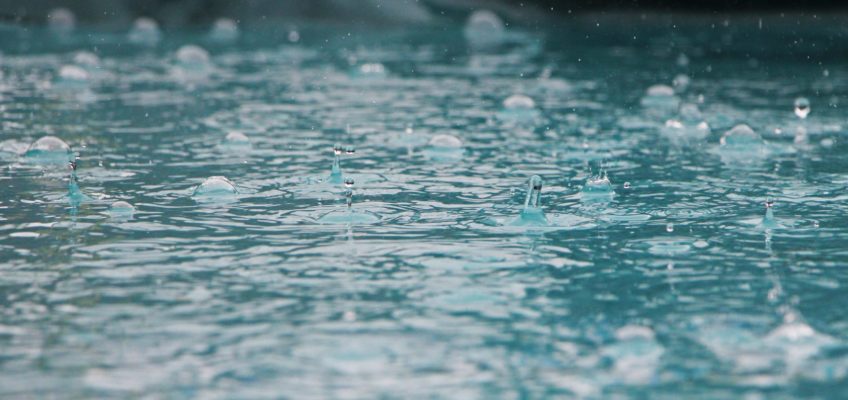
19. Microplastics in Rainwater Can Lead to Different Types of Cancer
In an alarming finding, the Indian Institute of Technology, Patna (IIT Patna), has discovered the presence of microplastics in municipal rainwater samples, raising the spectre of harmful elements increasingly becoming a big challenge for health policymakers across the globe.According to a report by the World Health Organisation (WHO), microplastics may serve as vectors for harmful organisms, including enteric viruses and protozoa, and can cause several health hazards.
Microplastics can also contain toxic substances that may disrupt normal biological processes. These microplastics are considered to have adverse effects on hormonal balance, immune function, and cellular processes, which can then raise concerns about cancer development. Even finding them in the placenta has been recently seen, and these can then affect new-borns in the critical stage of development in their organs and systems because they are essentially vulnerable to these microplastics.
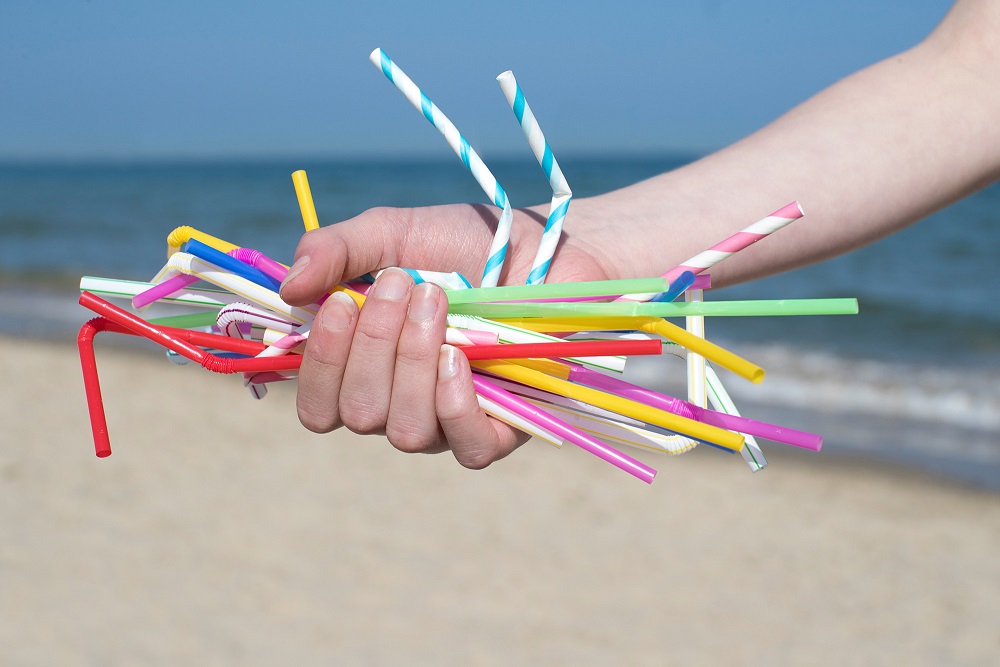
20. California Has Banned Plastic Straws – 10 Cheap Items People Wish Were More Better Quality
Everyone prefers discounts on their desired items to save money. But there are certain highly consumed things that are available at reasonable or low prices that encourage overuse. People wish that these items were made better to avoid their waste. Here is the list of these items. 1. Single Use Batteries, 2. Fast Food, 3. Cheap Electronics, 4. Plastic Bags, 5. Disposable Razors, 6. Disposable Cutlery, 7. Plastic Straws, 8. Coffee Pods, 9. Fast Shipping, and 10. Cigarettes.
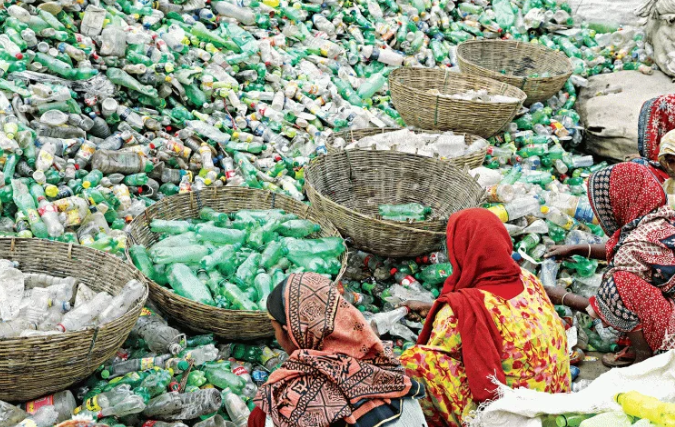
21. Infrastructure Needed for Plastic Circularity
Bangladesh needs to establish the required infrastructure to efficiently collect, store and recycle plastic products in order to achieve circularity in the industry, speakers said at a seminar. Numerous economies are working towards circularity in the plastics industry so that products made from the synthetic material can be reused, recycled or refurbished, ensuring lower pollution.
As such, improving waste management while also increasing consumer awareness on the post-use environmental impact of plastics could help bring the industry into a circular model. At the policy level, it would be possible to prepare an action plan for reducing plastic pollution if all stakeholders are involved in the planning process,” said Zaved Akhtar, CEO of Unilever Bangladesh.
He noted that Singapore has been able to reduce, regulate and increase its overall plastic recycling by creating the Plastic Packaging Council to control plastic use and pollution in the country.
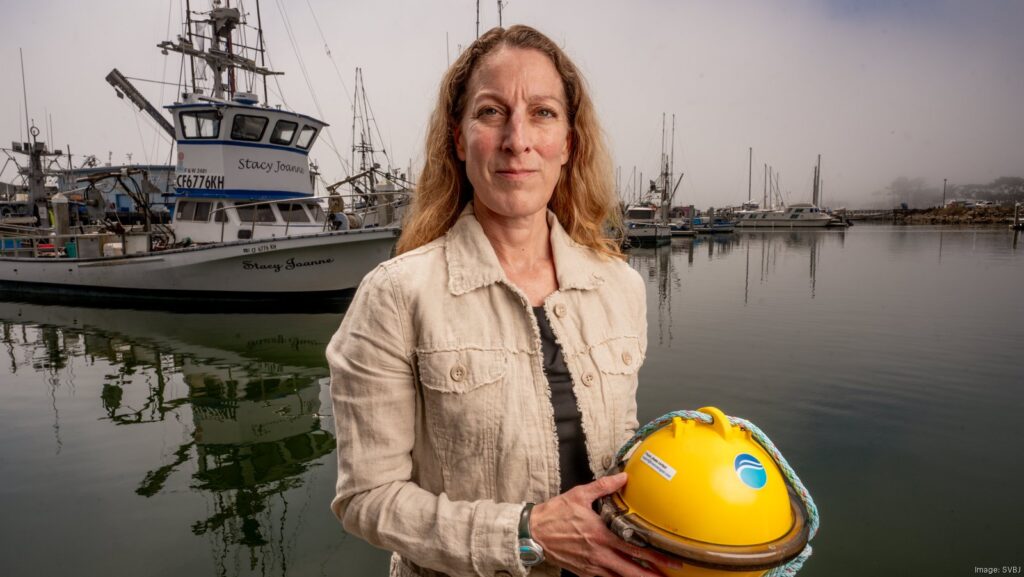
22. Blue Ocean Gear Innovates Sustainability in the Fishing Industry
Innovative startup Blue Ocean Gear is making waves in the fishing industry with its sustainable technology. The company has developed a cutting-edge solution to reduce bycatch and habitat damage, addressing crucial environmental concerns. Blue Ocean Gear’s innovative gear uses advanced materials and designs to minimize unintended catch, protecting marine ecosystems and supporting the livelihoods of fishermen.
By partnering with local communities and fisheries, the startup aims to revolutionize fishing practices for long-term ecological balance. This pioneering initiative not only benefits the environment but also offers a promising path for the industry’s future.




